Author: Elena Chukhlantseva
Emotional intelligence is a hot topic these days. It is commonly known that the emotional competence of a person develops throughout their life. Early years is a particularly crucial time for supporting the child in their emotional learning that is intricately interconnected with fast-developing cognitive, social and physical skills.
It is a complex and challenging task for a young child to understand their own and others’ emotions and underlying feelings, to express their own emotional states as well as to regulate their own reactions and behavior. For strengthening and advancing various emotional skills the child needs to be at a certain age and level of development. Therefore, it is necessary to have a conscious and realistic approach to the adult’s expectations from each individual child. The adult working with the child needs to distinguish between what the child can already do by themselves, what the child can do if support is provided, and what is still beyond the child’s zone of proximal development.
Emotional learning progresses in a cumulative manner to a wider scope and degree of in-depth understanding of the realm of emotions. Teaching and learning emotional skills is a process that requires routine, consistency and persistence of effort. One aspect is a must to remember from the start: anything the child feels, in any way they react, the child needs to be understood, accepted and supported as they are.
There are many ways to integrate the learning of emotional skills throughout the day as a part of any action from morning greeting to the afternoon outdoor time. I created my lesson ‘Emotions with a gadget’ for young children aged 4-to-6 years old with the help of LessonApp Premium. The aim of the lesson is to practice recognizing and understanding various emotions in a playful way. During the lesson, the children use a digital device (e.g. a tablet, iPad, video camera).

1. Warming up (5 min)
Method used: Symbol work
The objectives of this exercise are to introduce the topic of the lesson, to connect to each child’s world, to give the names to different emotions.
A teacher lays down several emotion cards for children to choose from. Alternatively, the children can draw a card that describes how they feel at the moment (this option may take extra time). Discuss in a group what makes them feel like that, what other situation may make a person feel the same way. Think together, for instance, what means to be empathic, how empathy connects to own feelings and how it helps others.
2. Practicing (45 min)
Method used: Role play, Multimodality
The objectives of this part of the lesson are to help the children work out various situations involving emotions and to encourage expression through creative play. A mix of modalities like SoundSmart, WordSmart, PeopleSmart, Image Smart and BodySmart allows for engaging the children’s senses and multiple skills areas in a holistic way.
1. Choose 2-4 stuffed toys or puppets for the role play. Prepare a digital device for video-recording.
2. In a group, discuss and develop “non-happy ending” situations with different roles for the stuffed toy characters. The example situations can be a situation when somebody is left alone, while others play together; or somebody says something wrong and others start laughing at that character and so on. Decide on one situation that can be turned into a play with the toys or puppets.
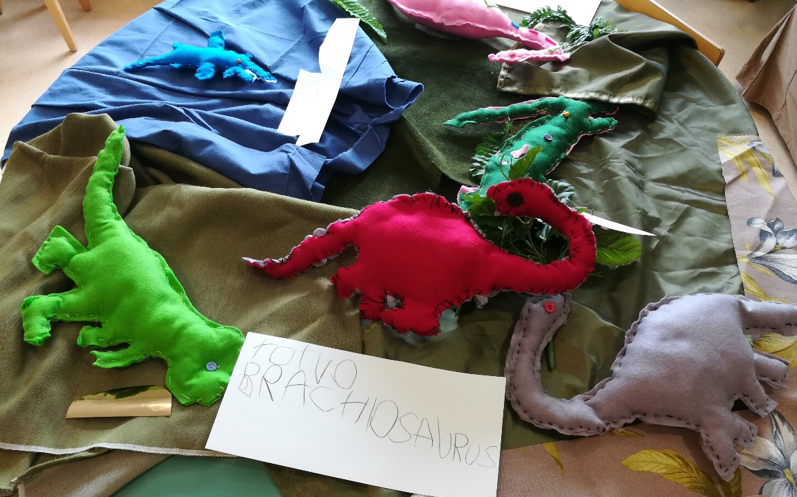
3. Prepare the children for the play. Ask them to set the stage for the play by using available toys and supplies (blocks, boxes, small word toys, etc.) as props. Decide together with the children on their tasks during the play and divide the children into small groups accordingly: the first group comes up with the appropriate sound background, the second group performs actions with the toys, the third group speaks for the roles of the toys, and the fourth group records the video of the play.
4. Let the action take place.
5. After the role play is finished, watch the video with the group and discuss e.g. how the characters may feel in the situation, why the situation has happened, how the situation may continue, how the situation affected other characters in the play, etc. The teacher makes sure that the children get their turn to participate in various tasks throughout the role play.
6. Next, think of alternatives to how the situation could have been taken forth differently. Develop a different scenario for the situation with “a happy ending”. Make a new role play and record a video.
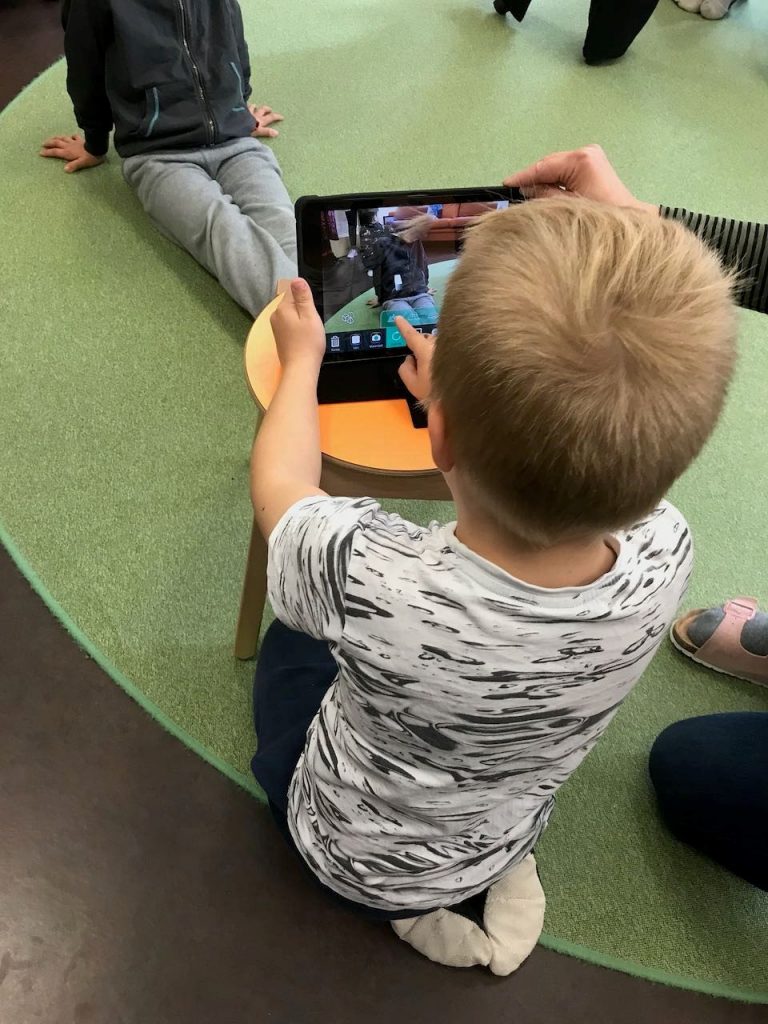
7. (Optional extension)
The aim of the extension is to move the action from the toy world into the children’s own world. Instead of acting out the situation with toys, the children can perform themselves. The video can be taken in one go or in parts. It can then be edited with any suitable application (e.g. MovieMaker). It is necessary to ask for the guardians’ permission to video record the children prior to the lesson.
3. Reflection (5 min)
Method used: Inside-outside circles
The teacher asks the children to formulate in their minds two or three things they liked about the lesson the most. Inside-outside circles are formed. The teacher gives the children 10 seconds for each stop before the move to the next partner in the opposite circle.
Videos as the result of the project work can be presented to e.g. another group of children, parents and so on.
You can find this lesson plan in LessonApp.
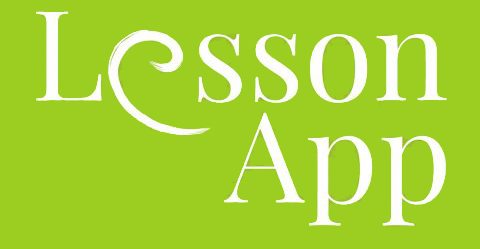
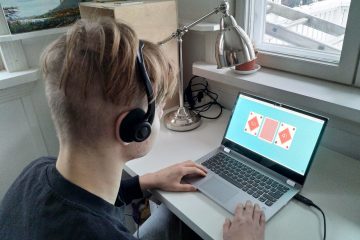
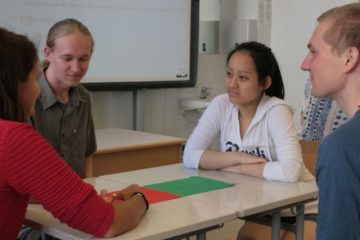
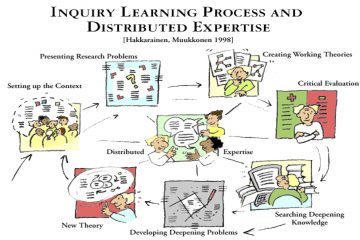

0 Comments